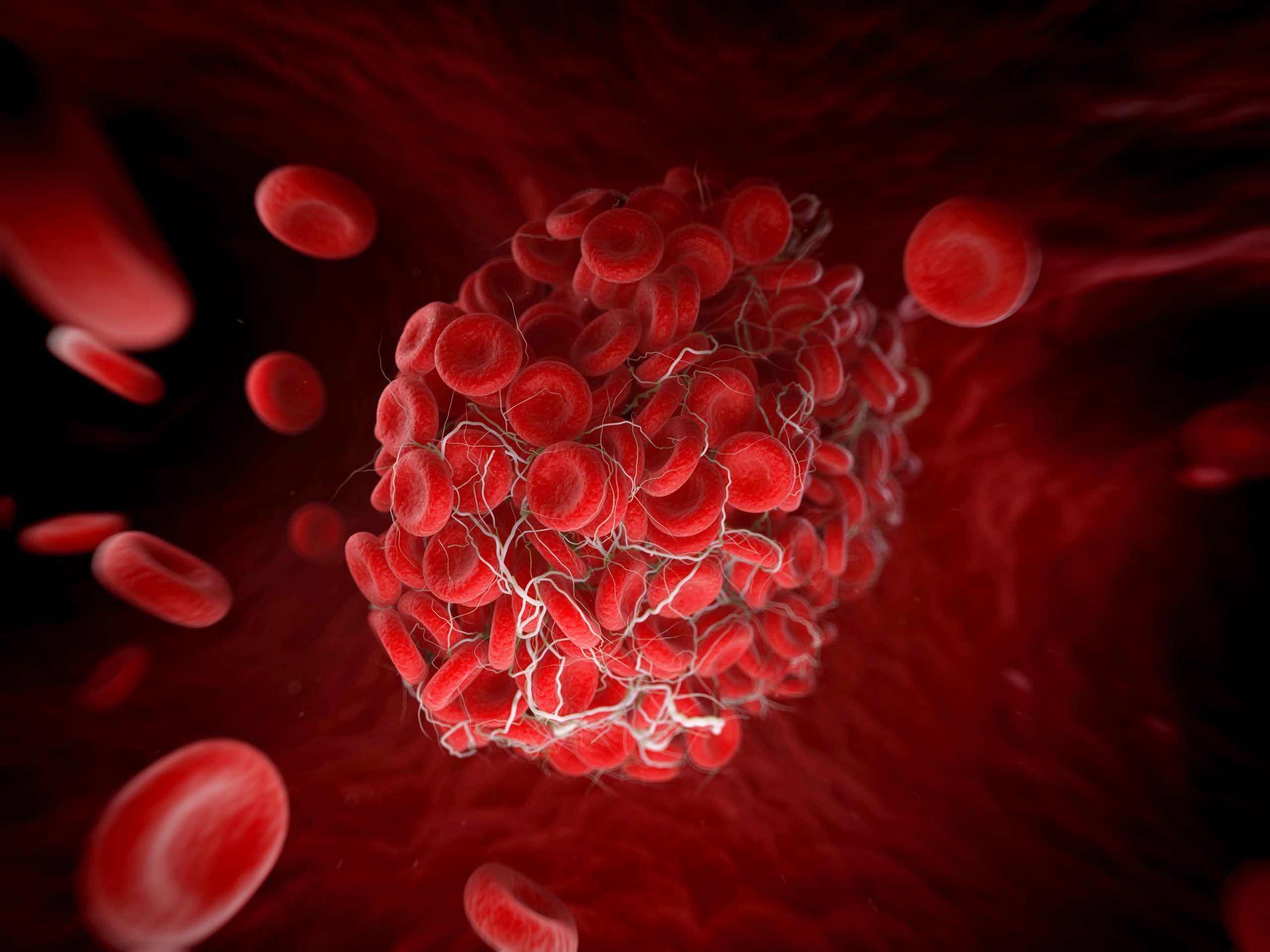Polycythemia vera- Veraceton
Polycythemia vera (PV) is a rare and chronic blood disorder characterized by the overproduction of red blood cells in the bone marrow. This condition falls under the category of myeloproliferative neoplasms, a group of disorders involving abnormal growth and development of blood cells. PV affects both men and women, typically occurring in individuals over the age of 60, although it can develop at any age.
Understanding the Causes and Symptoms of PV:
- Genetic Mutation in the Bone MarrowThis mutation leads to the uncontrolled production of red blood cells, causing the blood to become thicker and more viscous than normal. Although the exact cause of the JAK2 mutation is unknown, it is believed to be acquired rather than inherited.
- Common Symptoms of PV:
The symptoms of PV can vary from person to person, and some individuals may experience no symptoms at all. However, common symptoms include
- Fatigue and weakness: Excessive tiredness and a general feeling of weakness.
- Headaches and dizziness: Persistent headaches and dizziness may occur due to the increased viscosity of the blood.
- Shortness of breath: Difficulty in breathing or a feeling of breathlessness, especially during physical activity.
- Itching: Unexplained itching, particularly after a warm bath, can be a symptom of PV.
- Redness and burning sensation in hands and feet: Increased blood flow and higher concentration of red blood cells can cause redness and a burning sensation in the extremities.
- Excessive sweating: Night sweats or profuse sweating, particularly during sleep, may occur in individuals with PV.
In addition to these symptoms, individuals with PV may also have an increased risk of developing blood clots, which can lead to serious complications such as stroke or heart attack.
Diagnosis and Treatment Options:
- Diagnostic Procedures for PV:
Diagnosing PV can be challenging, as its symptoms overlap with other conditions. A comprehensive evaluation by a hematologist is necessary to reach a definitive diagnosis. The following diagnostic procedures are commonly used:
- Complete blood count (CBC): This blood test measures the number of red blood cells, white blood cells, and platelets in the blood.
- Genetic testing for JAK2 mutation: This test detects the presence of the JAK2 mutation in the bone marrow cells, confirming the diagnosis of PV.
- Bone marrow biopsy: In some cases, a bone marrow biopsy may be performed to examine the bone marrow cells in detail and rule out other potential causes of the symptoms.
- Treatment Approaches for PV:
Once diagnosed, the primary goal of PV treatment is to reduce the risk of complications and manage symptoms effectively. The following treatment options are commonly employed
- Phlebotomy: This procedure involves the removal of excess blood from the body to reduce the hematocrit level (the percentage of red blood cells in the blood). Phlebotomy helps to alleviate symptoms and prevent complications associated with thickened blood.
- Medications: Medications such as hydroxyurea or interferon-alpha may be prescribed to suppress
the bone marrow’s overproduction of red blood cells and manage the symptoms of PV.
Regular monitoring and follow-up with a hematologist are crucial for individuals with PV. The frequency of check-ups may vary depending on the severity of the condition and the individual’s overall health. During these visits, the hematologist will assess blood counts, adjust

